I often play the violin on my days off, and it suddenly occurred to me that I need a second bow as a sub... What kind of bows do you violin players have? This time I almost impulsively bought a PLAYTECH PVB300 violin bow. This blog is a review of the bow and how to choose a bow.
About Easy-to-play bows
Bows that are easy to play entirely depend on how the player feels about it, so honestly speaking, I don’t think there is a clear indicator. The way each player holds the bow is different, and a bow that is easy to play should be one that feels good when you actually hold it. I think that the bows that are easiest to play are the ones that you feel good with. However, when choosing a bow, it may be better to focus on the material and weight. The type of wood is either Fernambuco or Brazilwood, and I recommend that you carefully check for this when choosing a bow.
About the types of Wood Used for Violin Bows

Regarding the material of bows, Brazilwood is often used for inexpensive bows while Fernambuco is used for more expensive bows. Unlike other woods, Fernambuco has a very high bending strength, and bows made of Fernambuco do not easily return to their original shape once they are warped. Brazilwood, on the other hand, has slightly less bending strength than Fernambuco and tends to warp back over time. In recent years, however, the distribution of Fernambuco wood has been drastically reduced due to the Washington Convention, so Brazilwood and carbon bows are attracting attention as alternatives. The PVB300 introduced below is also made of Brazilwood!
About the Weight of Bows
The weight of a violin bow (4/4 size) is not fixed to be exact, but commercially available bows are generally in the 58-65g range, with 60-62g bows being generally preferred (there are various theories).
Basically, the lighter the weight, the easier it is to handle, but this also varies from player to player. My personal feeling is that a lighter bow is easier to change strings and hold, while a bow that is too light is difficult to place on the strings. On the other hand, a heavy bow is difficult to change strings and is not suitable for long playing time. This is just my feeling, but I am sure there are some people out there who feel otherwise. For this reason, I recommend that you try to actually hold the bow before making a choice if it’s at all possible.
I actually held a PVB300 violin bow.
Here is the bow I purchased this time!
PLAYTECH / PVB300 (4/4 Size Square Violin Bow)
Click here to see a photo of the actual bow.

The weight is 61.8g (61.5g before applying pine resin), and although the actual weight is not light, the bow feels light when you hold it. This is probably due to the position of the center of gravity.
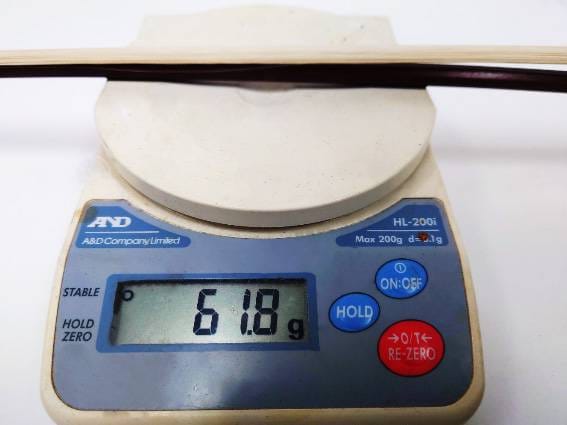
I compared it with a J. P. Bernhard bow that I own. The top is J. P. Bernhard’s bow and the bow on the bottom is the PVB300.
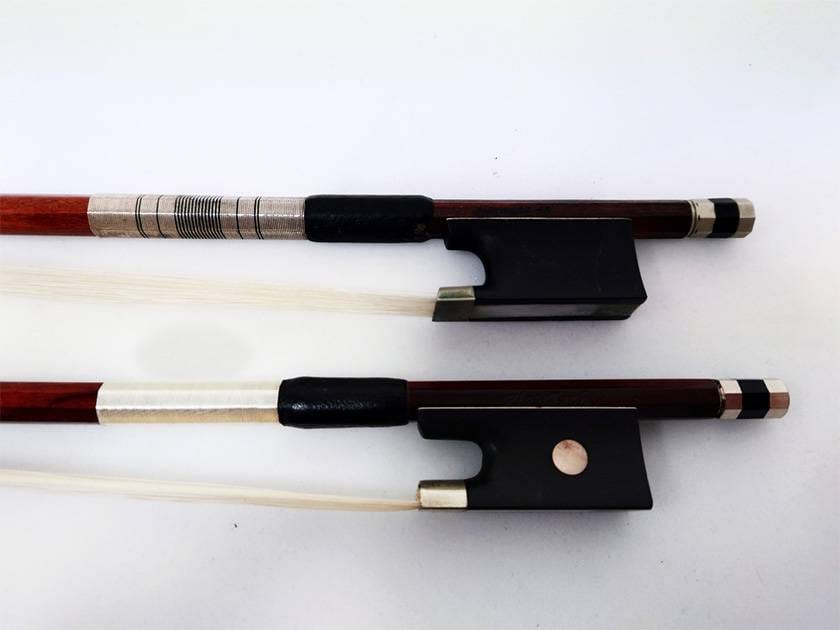
My impression when I actually held it was... “Easy to handle!” That was the only word I could use to describe it. When I put it on the instrument and played it, it felt as if it was “sticking to the strings,” making it easy to play! I felt like I was able to do a stable bowing without the sound bouncing. At least, I felt that the string crossings were easier than with the bow I had been using.
But to be honest, even though the material of PVB300 is Brazilwood, the bow I own is Fernambuco, so I think the bow I have so far is superior in terms of touch and durability (I can't help but view this from a price point perspective...). I would like to use this bow as a sub bow from now on~.
There are many other types of bows!
There are many types of bows made by domestic and foreign manufacturers. Please take a look at the various types of bows available!
PLAYTECH / PVB100 (4/4 size round violin bow)
PLAYWOOD / ARCO Violin Bow ARCO-VN
Sugitoh / Stan-A 4/4 violin bow
YAMAHA / CBB-101 Violin bow, 4/4 size
Georg Edler / Carbon bow for violin 4/4
Useful information on violin, introduced in Sound House “Tora no Maki”!
Useful information on playing the violin, such as cautions and how to handle the violin, is available in Sound House’s “Tora no Maki”! The “Tora no Maki” articles provide beginners with easy-to-understand information on the violin, including the names of the various parts of the violin, how to hold the violin, and how to change the strings. We hope you will find it useful!
⇒ String Instruments Beginner’s Guide
How was it? I think that just by changing bows, you can benefit greatly from easier string crossings and easier bowing. We hope you will take this opportunity to refer not only to your main bow but also to your sub bow.





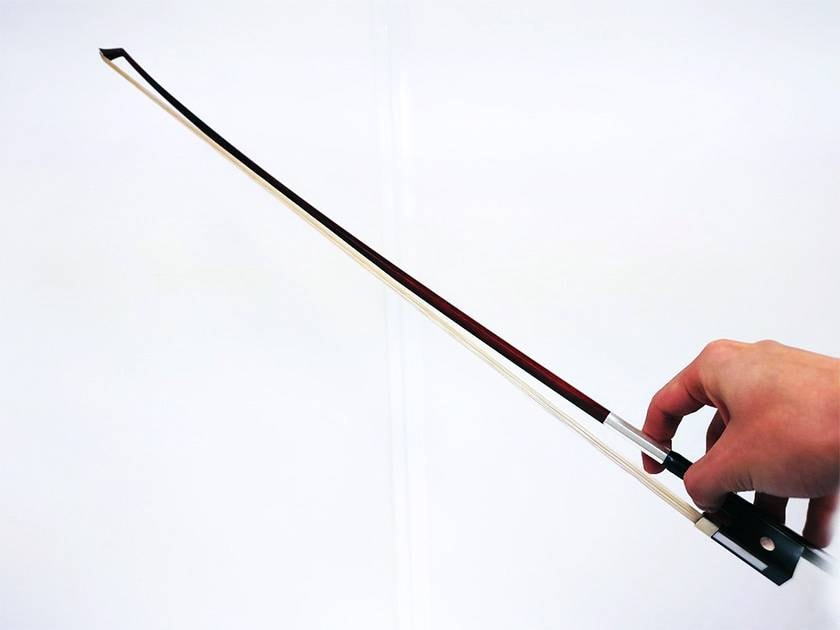
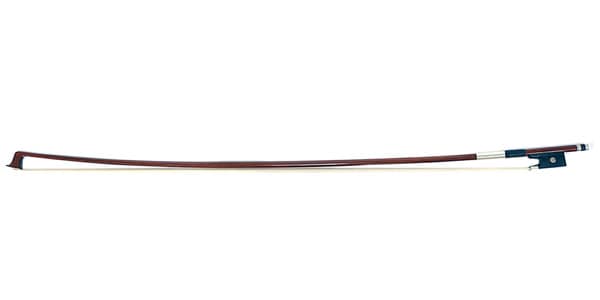
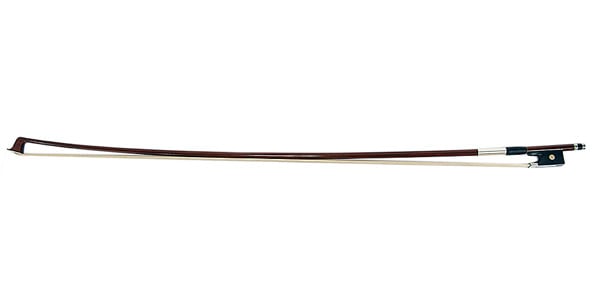
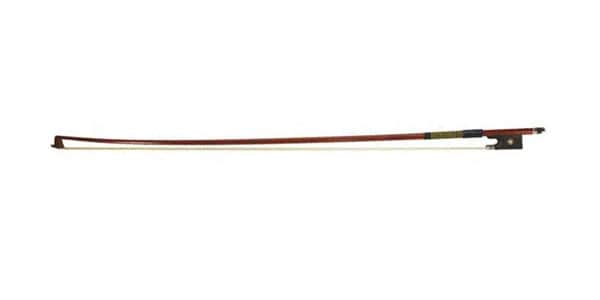
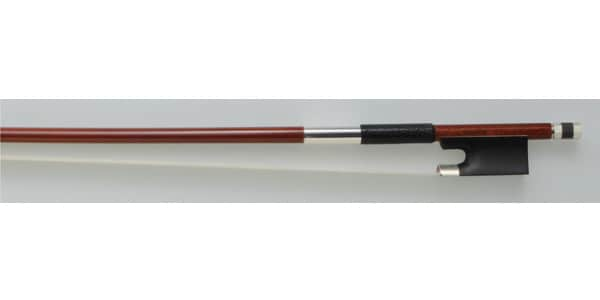
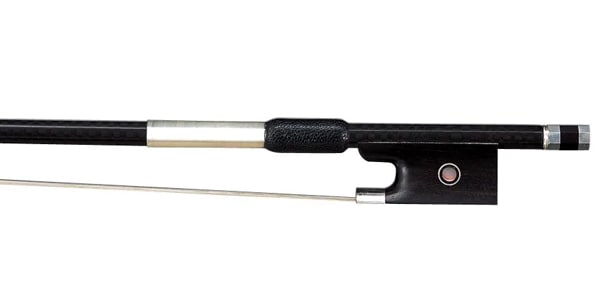
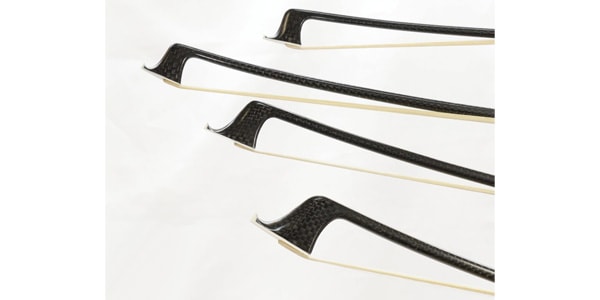







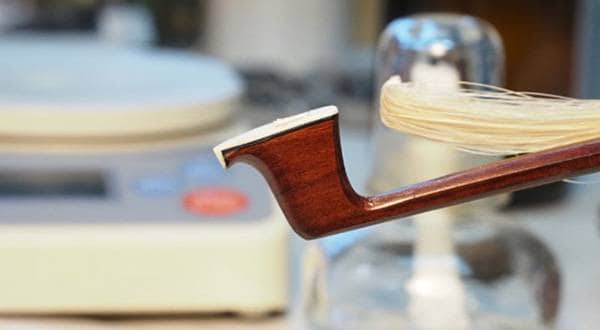
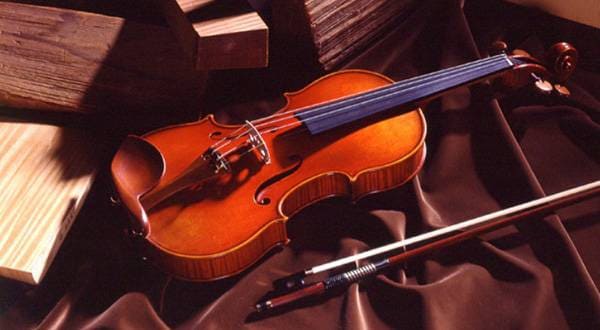
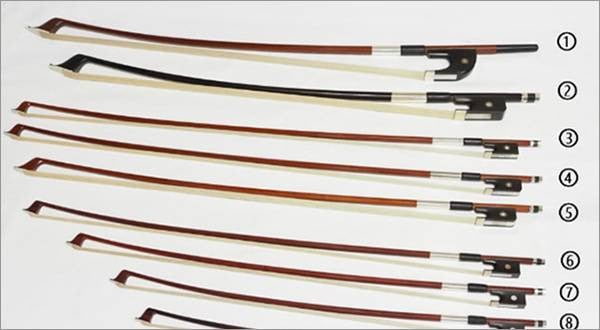
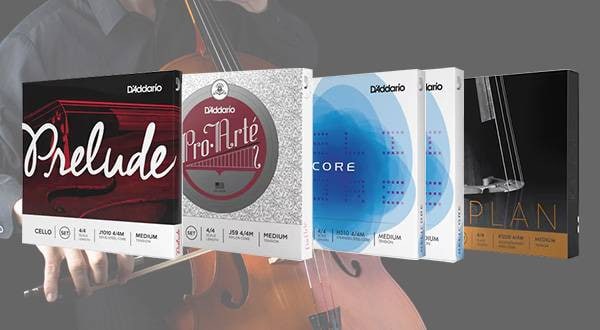
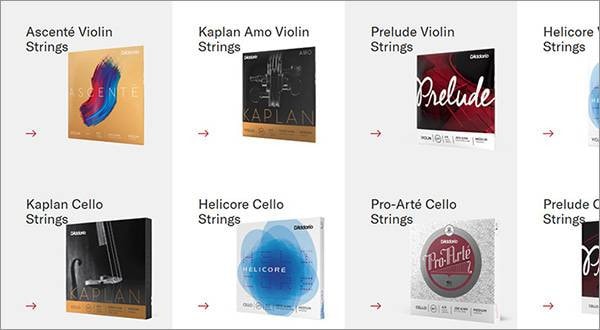
![[Strings] An Introduction to Recommended Violin Tuners](/contents/uploads/thumbs/2/2024/2/20240221_2_25757_1.jpg)
![[Stringed Instruments] Recommended Violin Stands](/contents/uploads/thumbs/2/2024/1/20240125_2_25327_1.jpg)
![[Attention, String Players!] How to properly rosin a bow and recommended rosins!](/contents/uploads/thumbs/2/2023/12/20231218_2_25008_1.jpg)
![[PLAYTECH] Round Bow vs. Square Bow Comparison](/contents/uploads/thumbs/2/2023/5/20230531_2_22832_1.jpg)

![[2023] 4 Most Popular PLAYTECH Violin Recommendations](/contents/uploads/thumbs/2/2022/10/20221029_2_19901_1.jpg)
 バイオリンスタートガイド
バイオリンスタートガイド
 バイオリンの弓の持ち方
バイオリンの弓の持ち方
 バイオリンの構え方
バイオリンの構え方
 バイオリンの手入れ
バイオリンの手入れ
 バイオリン 弓の各部名称と松脂
バイオリン 弓の各部名称と松脂















